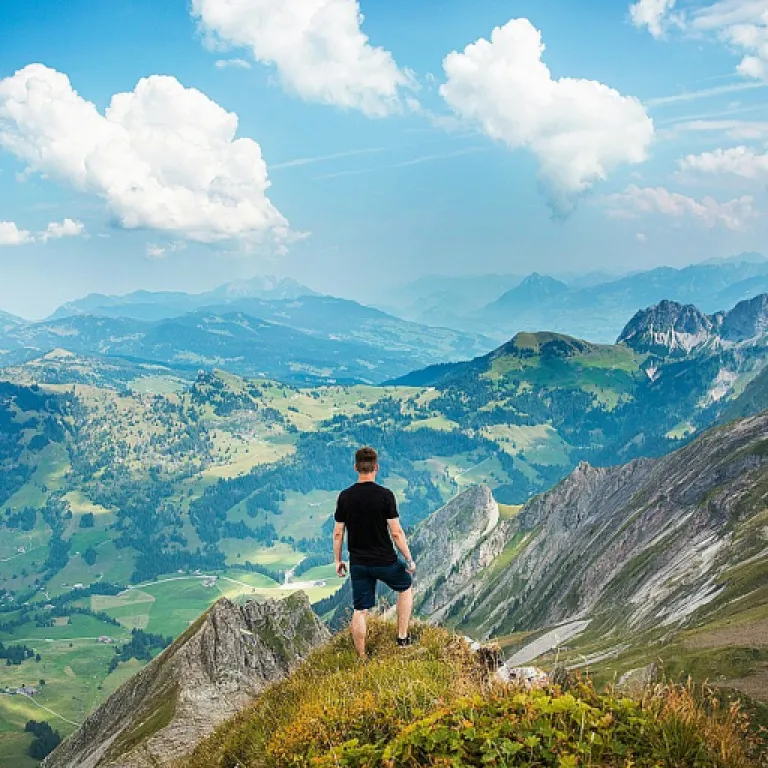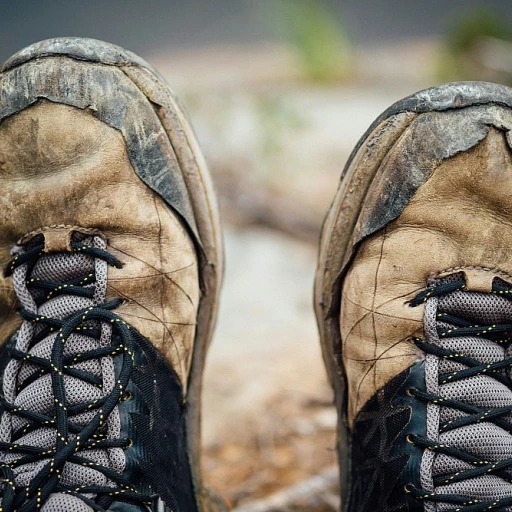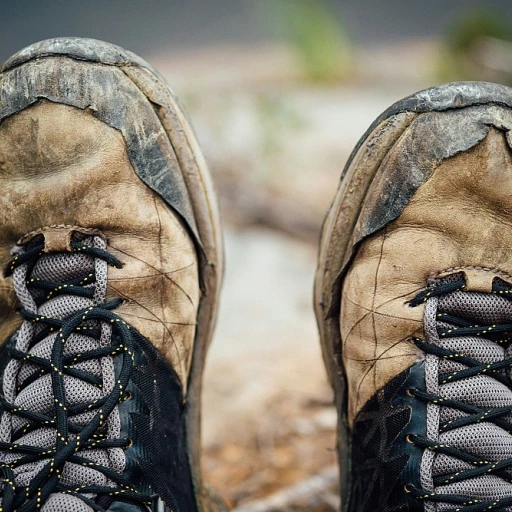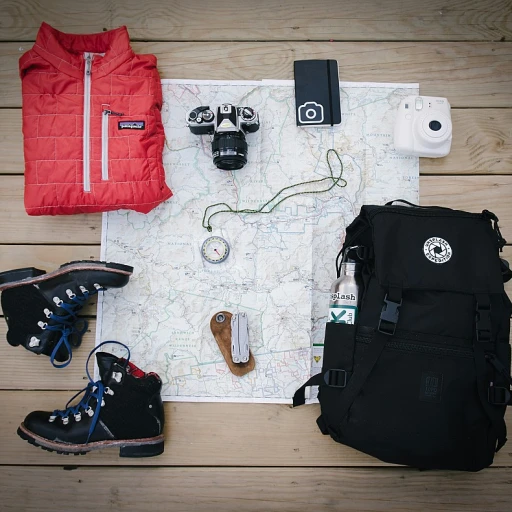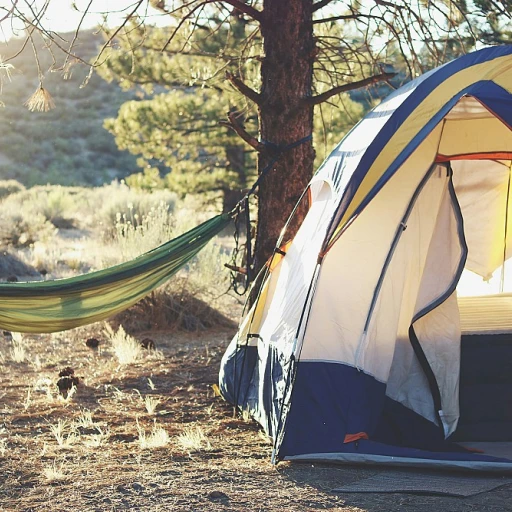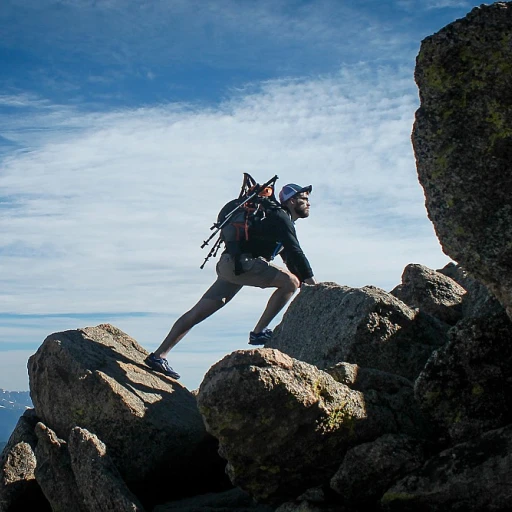
The Importance of Choosing the Right Hiking Boots
Why Your Choice of Hiking Boots Matters
When embarking on Maui's incredible trails, the importance of having the right hiking boots cannot be overstated. With Maui's diverse landscapes—from the rocky ridges of Haleakala National Park to the lush, humid Hana forest reserves—choosing footwear that can handle various terrains is crucial.
Maui offers everything from the short but steep elevation gains on the Waihee Ridge Trail to the slightly longer jaunts like the Pipiwai Trail, which often leads you through muddy sections and offers breathtaking views of cascading waterfalls. Boots that can cope with these conditions need to provide a blend of stability, comfort, and weather resistance. Without them, even something as simple as a walk to the Nakalele Blowhole or exploring the Iao Needle area could become an uncomfortable experience.
Moreover, the island’s unique climate means your boots should also offer excellent traction on slippery surfaces, whether you’re navigating the scenic West Maui coastal trails or tackling the rugged terrain of the Sliding Sands Trail near the summit of Haleakala.
To ensure you choose the best pair, prioritize the fit and material, considering the expected weather and trail conditions on your itinerary. Understanding how different boots cater to different terrains can significantly enhance your hiking experiences across the enchanting terrains of Maui.
Top Maui Hiking Trails for Every Skill Level
Wonders of Maui's Hiking Paths
Maui offers some of the greatest hiking trails on the island, boasting stunning views and unique landscapes that entice every hiker. With an array of hikes suitable for all skill levels, it’s essential to choose the trail that best matches your capabilities and interests.
Beginner-Friendly Trails
For those just starting their hiking journey, Maui provides several short and accessible options. The Waihee Ridge Trail is a popular choice with a satisfying elevation gain, offering breathtaking island and forest views without being too strenuous. Meanwhile, Twin Falls presents a more leisurely hike through lush forest, leading to picturesque waterfalls perfect for a refreshing break.
Intermediate Hikes for Enthusiasts
Hikers with some experience can challenge themselves on trails such as the Pipiwai Trail in the Haleakala National Park. This hike takes you through bamboo forests and culminates at the stunning 400-foot Waimoku Falls. Another excellent choice is the Sliding Sands Trail in the Haleakala Crater, where the volcanic landscape offers a unique hiking backdrop.
Advanced Routes for the Adventurous
If you’re an experienced hiker seeking a challenge, the steep ridges of the West Maui Mountains provide trails with significant elevation gains. The climb to the Iao Needle is arduous yet rewarding, with panoramic views of the surrounding landscapes. For an all-day adventure, consider the formidable ridge trails on the haleakala volcano's slopes.
From the coastal trails near the road to Hana to the more inland routes showcasing great island views, Maui’s hiking options cater to every adventurer. Keep in mind, the terrain can vary greatly, whether you're navigating the ridges or trekking through lush forest reserves. Always be prepared with the right gear, maps, and an awareness of your surroundings. Ensuring a safe and enjoyable hike in this island paradise is vital for an unforgettable experience.
Unique Challenges of Maui's Terrain
Conquering Maui's Varied Landscape
Maui is renowned for its diverse terrain, presenting unique challenges that hikers should be prepared for. From the sweeping coastal views of the Waihee Ridge Trail to the majestic vistas atop Haleakala, ensuring you’re equipped with the appropriate gear is essential. Maui's trails traverse many environments, including lush rainforests, steep ridges, and volcanic landscapes. This diversity demands a versatile hiking boot that can handle wet, rocky, and dry conditions without compromising comfort or stability. The Pipiwai Trail, for example, takes you through bamboo forests and past iconic waterfalls, making a waterproof boot crucial to keep your feet dry as you navigate damp paths. Elevation gain is another factor to consider when hiking in Maui. Whether you’re tackling the challenging Sliding Sands Trail within Haleakala National Park or exploring the scenic ridges of the West Maui Forest Reserve, boots with proper ankle support and a contoured sole are vital to manage the varying elevations safely. Parking can be limited in popular areas like the Road to Hana and Twin Falls, so planning your hikes early will not only save you a spot in the parking lot, but also offer cooler, more comfortable conditions for your adventures. The round trips on these trails can be physically demanding, making a well-ventilated boot essential to prevent overheating and blisters. For those considering the rugged trails around the Nakalele Blowhole or the enchanting Iao Needle, a boot offering solid traction is necessary to handle Maui’s sometimes slippery rocks and ridges. Having the right hiking boots can make a significant difference in navigating these spectacular, yet challenging trails. Our field guide, Exploring the Peaks of Georgia, offers insights into maintaining footing in varied terrains, useful for both Maui’s tropical climate and other rugged regions.Essential Features of Hiking Boots for Maui Trails
Key Attributes of Hiking Boots Tailored for Maui's Diverse Trails
Maui's landscapes, with their varying terrain, demand hiking boots that can navigate the island's unique sections such as Haleakala National Park and the Waihee Ridge Trail. When planning your hiking adventures, whether tackling the elevation gain of Sliding Sands or the coastal trails near Nakalele Blowhole, it's crucial to consider specific features that will enhance your experience.- Traction and Grip: Maui's terrain ranges from moist forest floors in Hana's lush zones to rocky trails in West Maui. Opt for boots with durable soles that promise strong grip and stability on both steep ridge trails and flat state park paths.
- Water Resistance: Considering the wet conditions you'll encounter near waterfalls like Twin Falls and on trails in forest reserves, boots with reliable water resistance will keep your feet dry and comfortable for the entirety of your hike.
- Ankle Support: With trails boasting significant elevation gain, such as the Haleakala ascent, ankle support becomes non-negotiable. Boots with reinforced ankle bracing will provide critical support on both short hikes and longer round trips.
- Breathability: The tropical climate on the island means humid conditions that can lead to moisture buildup. Breathable materials ensure ventilation, reducing the risk of discomfort as you explore dense forest trails.
- Durability: Given the unique challenges posed by Maui's rugged landscapes, investing in durable hiking boots is a sound decision. Whether facing the rocky paths of Ridge Trail or the sandy sections near Iao Needle, the right pair will withstand the test of time.
Tips for Maintaining Hiking Boots in Tropical Climates
Preserving Your Boots in Maui's Tropical Environment
Maintaining your hiking footwear in a tropical setting, like Maui, requires some special considerations. The island's varied terrains from the coastal trail to the challenging Waihee Ridge can expose your boots to moisture, mud, and salt, particularly in places like Twin Falls or along the Road to Hana. To ensure your boots endure the rigors of Maui hikes, including the trails in national parks like Haleakala, you should regularly clean them. After traversing through the verdant forest reserve or the rocky inclines of West Maui, remove any debris, mud, or salt that can cause wear over time.Drying and Conditioning Your Hiking Boots
When you've completed a round trip hike on the Pipiwai Trail or explored the elevation changes of the Sliding Sands, it’s crucial to dry your boots properly. Avoid direct sunlight and instead opt for a shaded area with good airflow. Using a newspaper to absorb interior moisture can accelerate drying without damaging the material. Conditioning your boots is another essential step. Apply a suitable waterproofing agent to maintain their resistance against moisture whether you're exploring Iao Needle or enjoying the coastal views of Nakalele Blowhole.Storage and Regular Maintenance
Proper storage between hikes is vital, especially when your travels take you through diverse climates. Store your boots in a cool, dry place, away from extreme heat or cold. Regular maintenance, including checking seams and laces for wear, will ensure they are at the ready when you next set out for the top trails in state parks or enjoy the great views island Maui has to offer. In summary, adopting a routine of cleaning, drying, conditioning, and storing your boots can greatly extend their lifespan and enhance your hiking experiences across the diverse terrains Maui presents.Safety Precautions for Hiking in Maui
Staying Safe on Maui Trails
Navigating the stunning yet challenging trails of the island requires more than just enthusiasm. Whether scaling the heights of Haleakalā or relishing the scenic vistas of the Waiheʻe Ridge, safety precautions are vital.- Check the Weather: Maui's weather can change rapidly, especially at higher elevations like those found on the Sliding Sands. Always check forecasts and be prepared for unexpected conditions.
- Stay on Marked Trails: With the dense forest reserves and rocky terrains like in Nakalele Blowhole, drifting off a marked trail can be hazardous. Stick to established paths to ensure safety and minimize environmental impact.
- Water and Hydration: Carry adequate water, especially for longer hikes like the round trip of the Pipiwai Trail. Dehydration can be a risk in the tropical climate even on shorter hikes.
- Start Early: To avoid the intense midday heat, start your hikes early in the day. This is particularly important for trails like those in Haleakalā National Park where the elevation gain can be taxing.
- Navigation Tools: While most state parks and trails are well-marked, carrying a map or GPS device can prevent getting lost, especially in areas with limited signage.
- Prepare for Sudden Changes: Maui’s coastal trails and trails in the West Maui Mountains can experience unexpected weather shifts. Forested areas near hiking spots like Twin Falls can become slippery during rain.
- Parking: Secure your vehicle in designated parking lots. Some popular trailheads, like those at the Road to Hana, may require planning ahead for parking availability.

